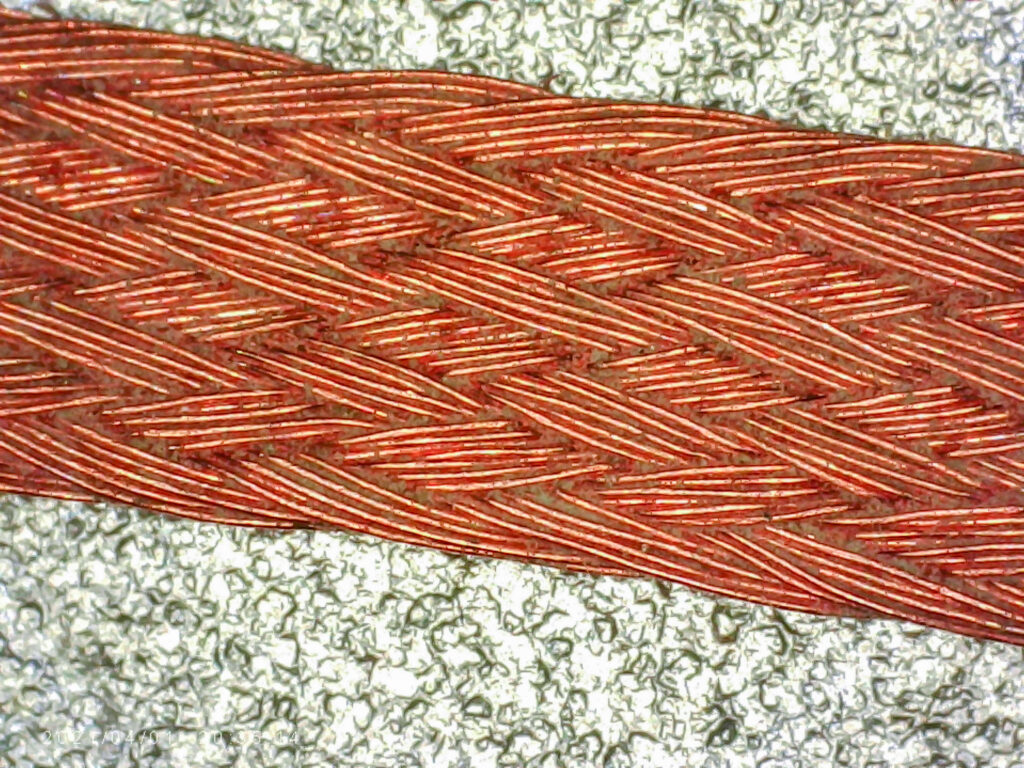Source Measurement Units, or SMUs, combine an accurate power supply, high-power electronic load, and precise digital voltmeter into a signal unit. They are a four-quadrant source. That means they can provide power to a circuit or consume it.
With an SMU you can characterize semiconductor devices (like Diodes), monitor the power consumption of a circuit, or simulate a battery. In this video, see the difference between an SMU and a Power Supply.
This episode was sponsored by Rohde & Schwarz.


